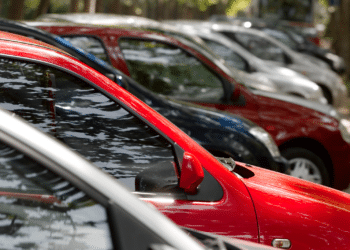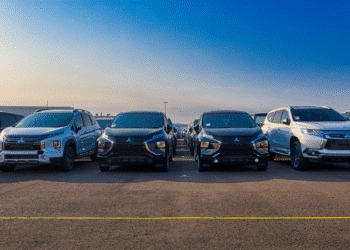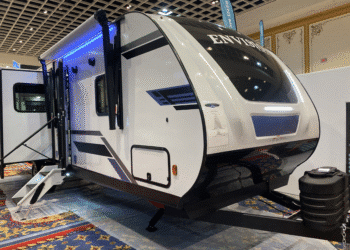
Major automakers are reporting declines for U.S. sales as signs of tightening credit conditions are adding pressure to financing options for consumers.
Ford, Toyota, Nissan, and Honda all reported sales declines in September of 11.2%, 10.4%, 12.2%, and 7%, respectively. Though Hyundai sales rose 0.6%, sibling brand Kia was down 1.8%, according to sales reports.
The sales decline could be directly correlated to the September increase in new-vehicle APRs to 5.8%, compared with 4.8% during the same time last year, according to data released by Edmunds this week.
Although the rate hikes signal the Federal Reserve‘s confidence in the economy, lenders appear less confident. A full-blown recession isn’t anticipated, but a market drop is — and rising interest rates can contribute to a market decline as higher rates make used vehicles more attractive than new vehicles, Doug Evans, senior director of remarketing at Hyundai Capital America, told Auto Finance News.
“We remain cautious over the next six months that there is a potential for a short-cycled dip in the market as a result of what we believe is used-car sales pulling ahead,” Evans said. “We believe this is largely driven by the pull-ahead effect of consumers worried about interest rates continuing to rise,” he said.
Now, with the APR increase and rise in average down payment for new vehicles, a drop in 0% finance loans and contraction of loan terms is adding difficulties for new-vehicle sales.
As of September, the average new-vehicle down payment increased to $4,198, compared with $3,817 in September 2017. Meanwhile, 0% financing accounted for 5.6% of auto loans for new cars — down from 10.1% year over year — representing the lowest level for the month since 2005. Average loan terms contracted to their lowest levels all year, dropping to 68.7 months in September, compared with 69.4 months in September 2017.
“When you think about people coming back to the market, those consumers bought their new car during arguably one of the best interest rate environments ever,” Jonathan Banks, vice president of vehicle valuations and analytics at J.D. Power, told AFN. “So you have people coming back to the market, and they are used to lower payments, but now that’s going to be difficult to get.”
Jeremy Acevedo, Edmund’s manager of industry analysis, noted in a press release that rising new-vehicle rates are making favorable credit offerings increasingly more difficult to come by. “Buying conditions are far less amenable for consumers than they were before, which might come as a shock for shoppers coming back to the market for the first time in a few years.”





